Logical thinking Reading Worksheets for Ages 3-8
10 filtered results
-
From - To
Unlock your child's potential with our engaging Logical Thinking Reading Worksheets designed for ages 3-8. These expertly crafted tools stimulate critical cognitive skills through fun and interactive reading exercises. Ideal for young learners, they seamlessly blend entertainment with education, enhancing problem-solving abilities, reading comprehension, and logical reasoning. Each worksheet provides captivating stories, games, and activities tailored to developmental stages, ensuring a joyful and enriching learning experience. Empower your child's mind and transform learning into an adventurous journey with our dynamic Logical Thinking Reading Worksheets. Watch as they confidently excel and develop essential skills for future academic success.
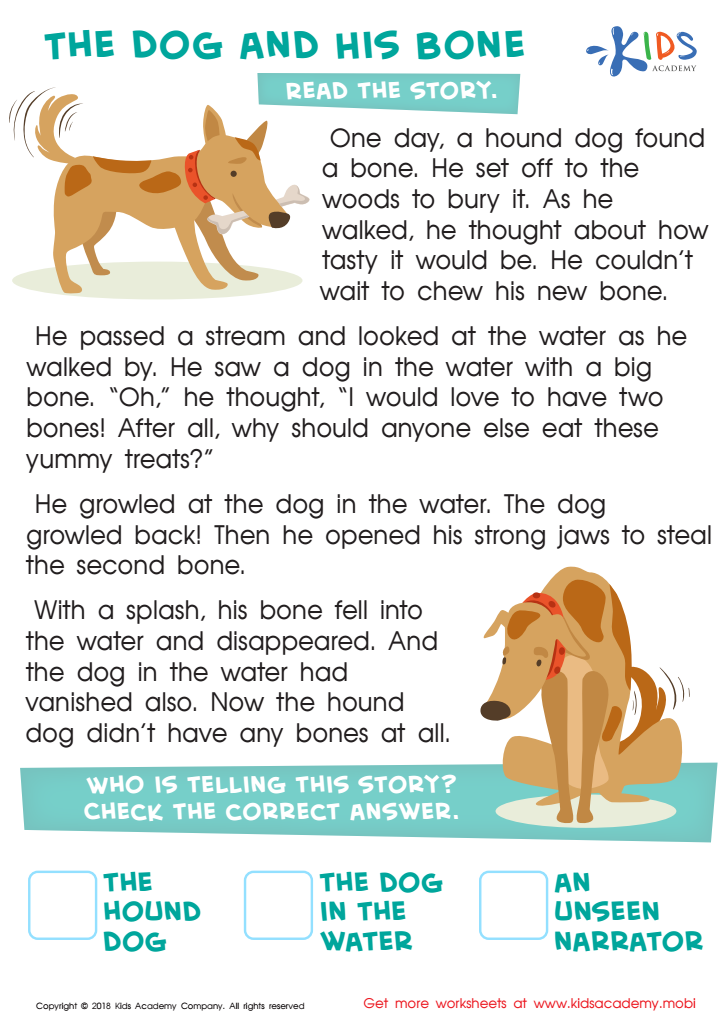

The Dog and His Bone Worksheet
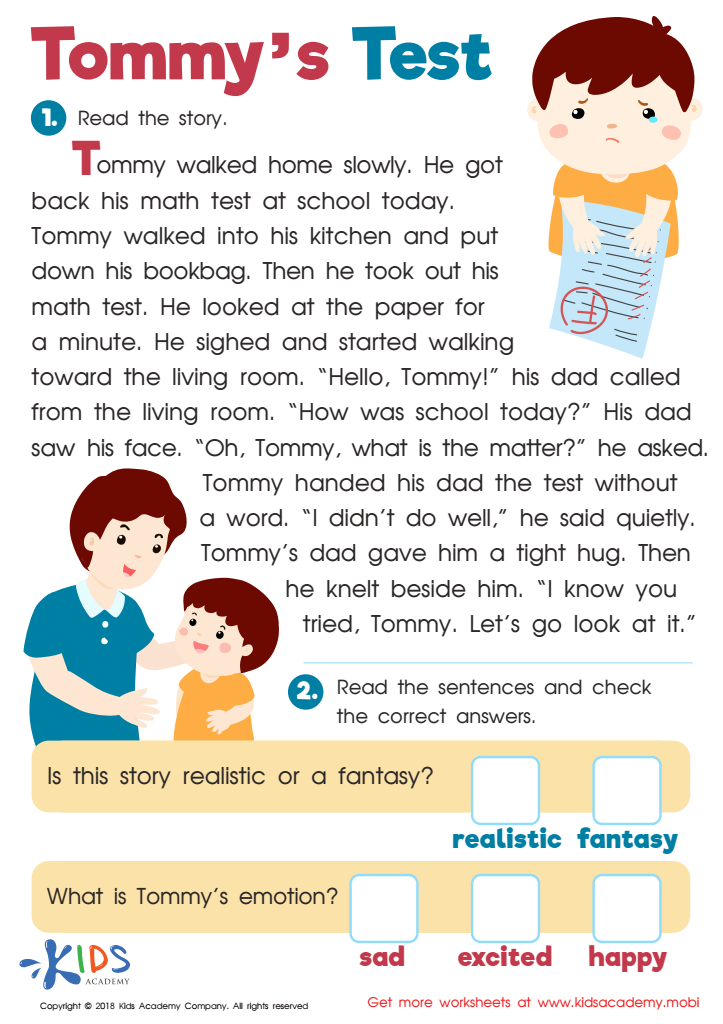

Tommys Test Worksheet


First Words: What Doesn't Belong Worksheet
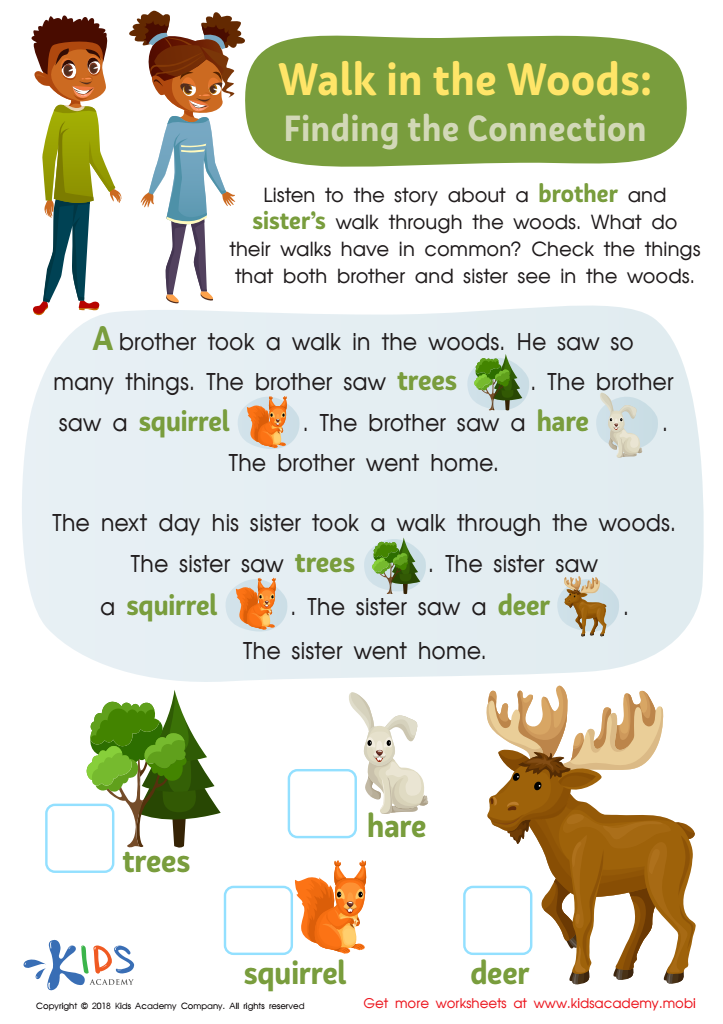

Walk In the Woods: Finding Connections Worksheet
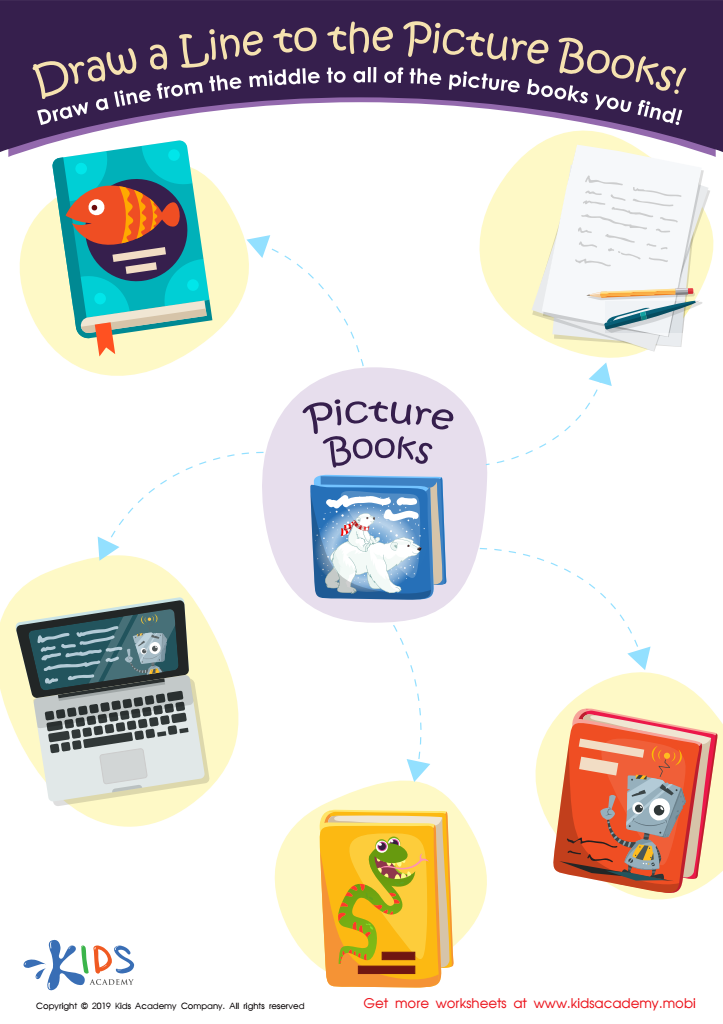

Draw a Line to the Picture Books Worksheet
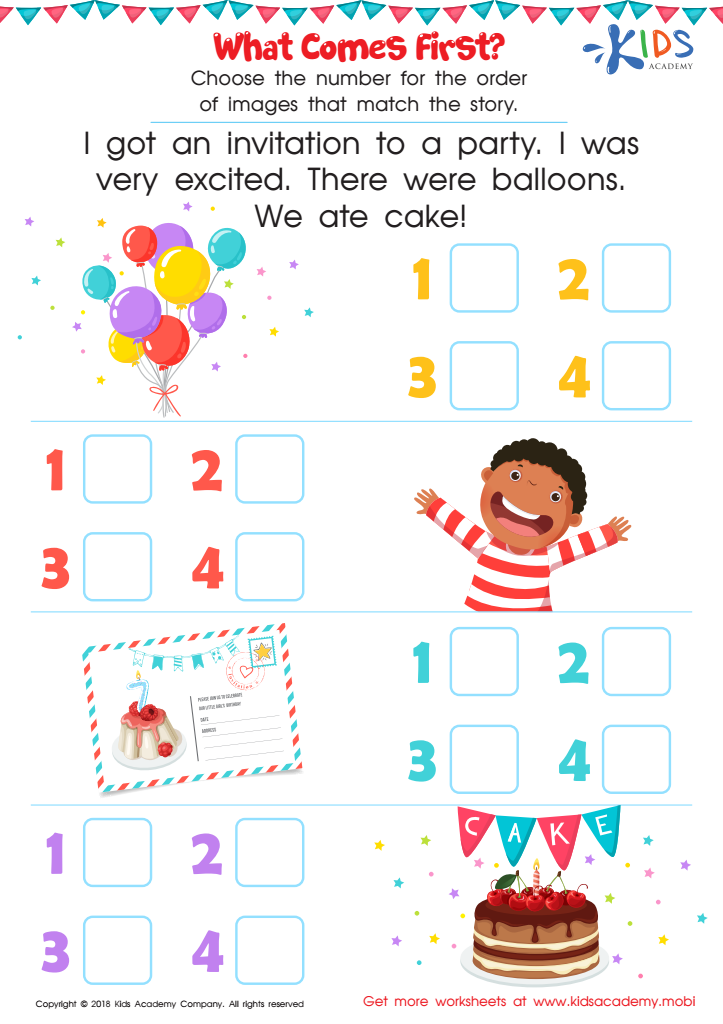

What Comes First Worksheet
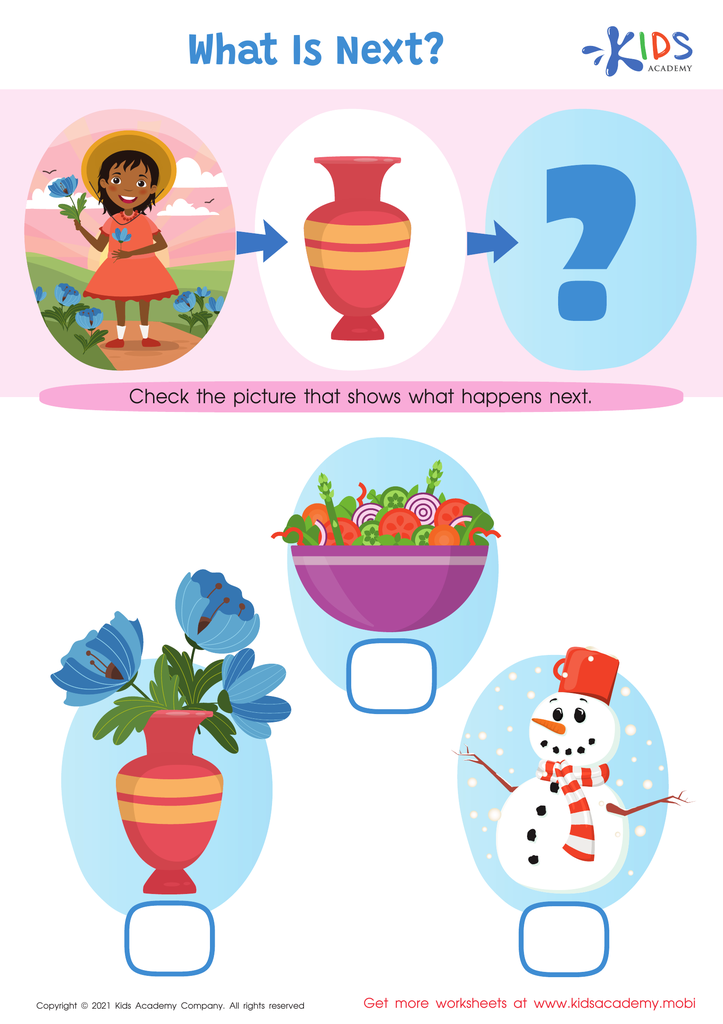

What is Next? Worksheet
Logical thinking is a crucial skill that forms the foundation for problem-solving, analytical reasoning, and decision-making in later life. For children aged 3-8, fostering logical thinking through reading not only enhances their cognitive abilities but also prepares them for academic and real-world challenges.
When children engage with stories, they learn to understand sequences, cause-and-effect relationships, and the principles of deduction. For instance, predicting what might happen next in a story or figuring out why a character acted a certain way helps them develop skills relevant to math and science, where logical consistency is key.
Moreover, incorporating logical thinking in reading at an early age ignites curiosity and a love for learning. As children grapple with plots and character motivations, they become more engaged and invested in the material. This engagement can improve literacy skills, as well as stamina and concentration.
Parents and teachers should care deeply about this aspect of reading because it lays down the mental framework that supports lifelong learning and critical thinking—skills that are indispensable in our information-rich world. Early development of these skills through reading not only sets children up for academic success but also for thoughtful, informed participation in everyday life decisions.
 Assign to My Students
Assign to My Students

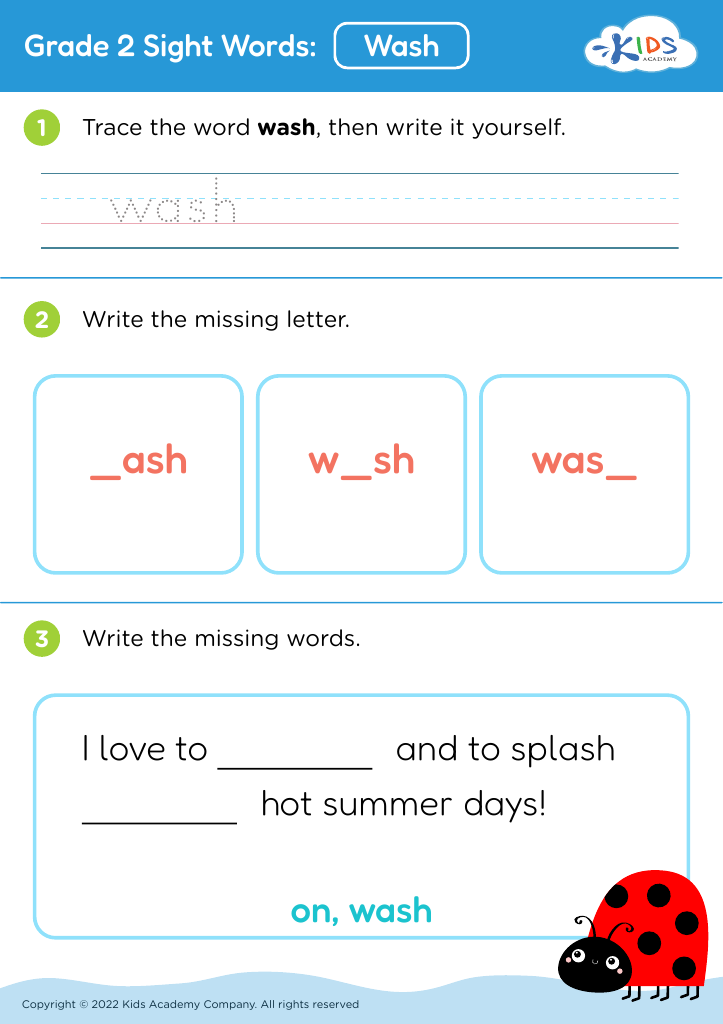
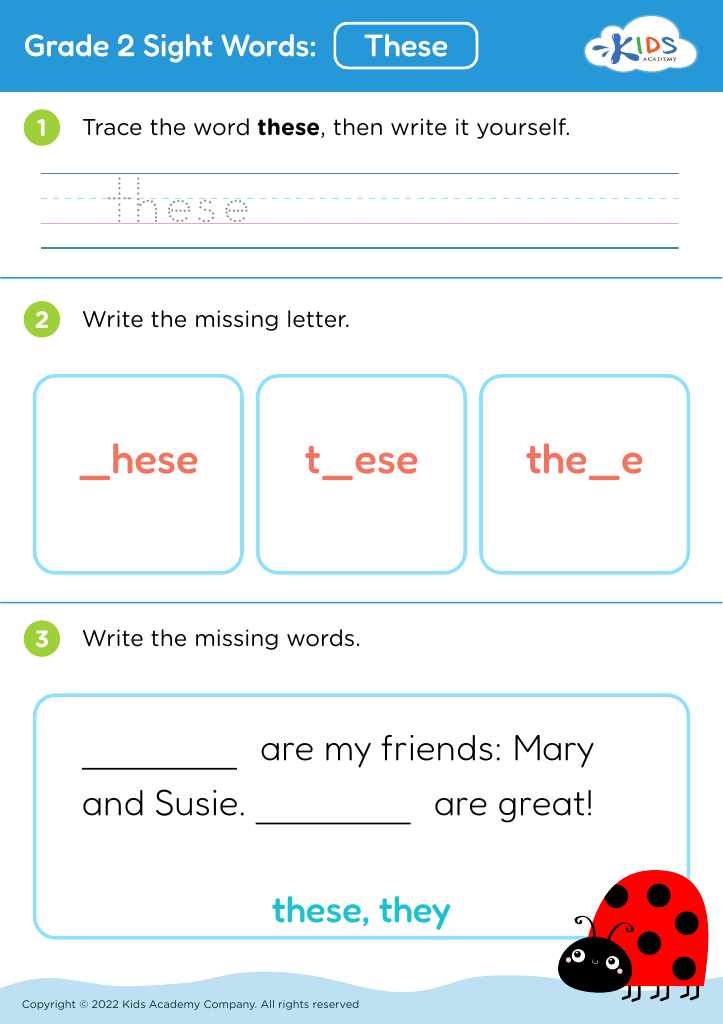




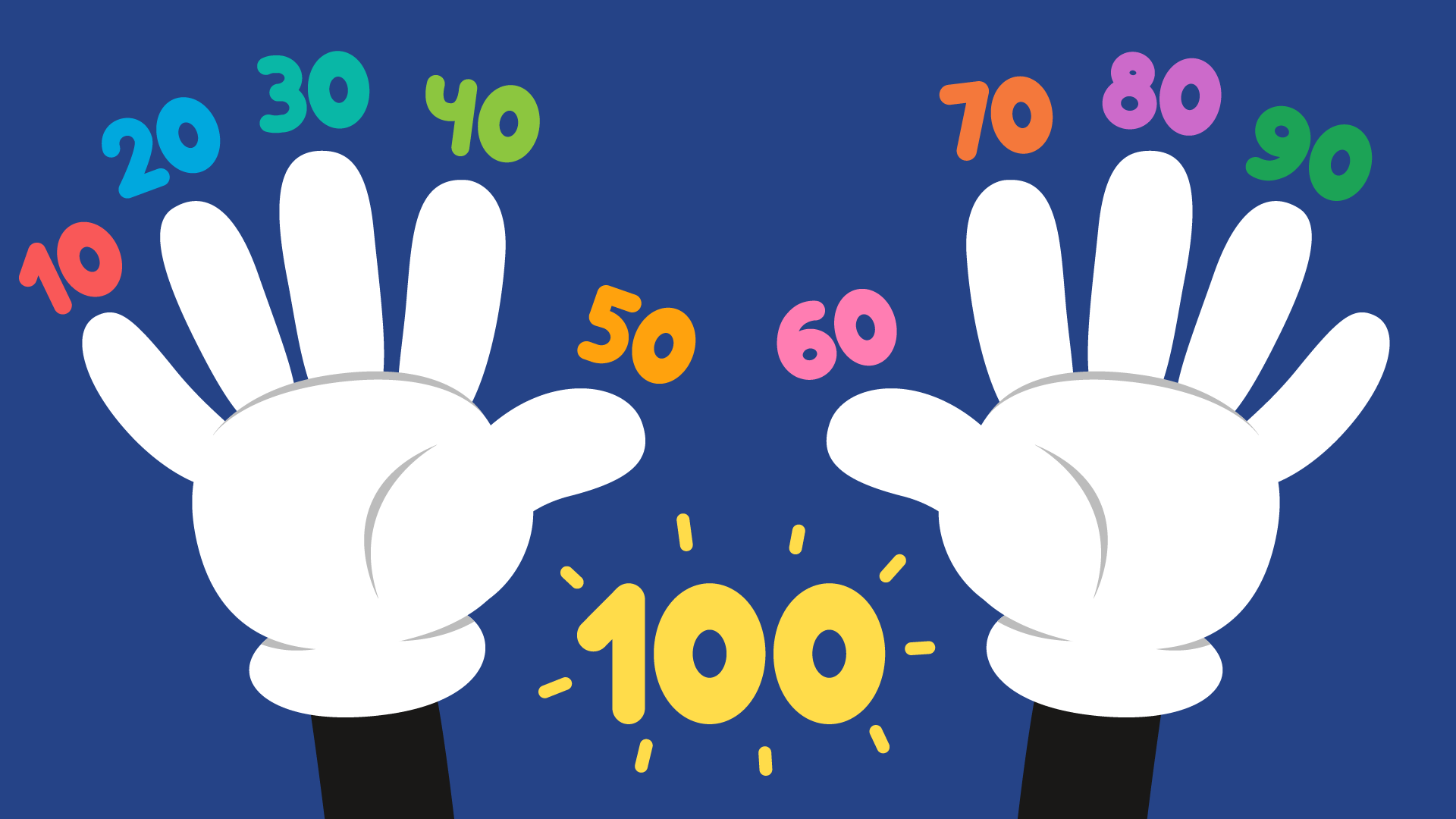


.jpg)










